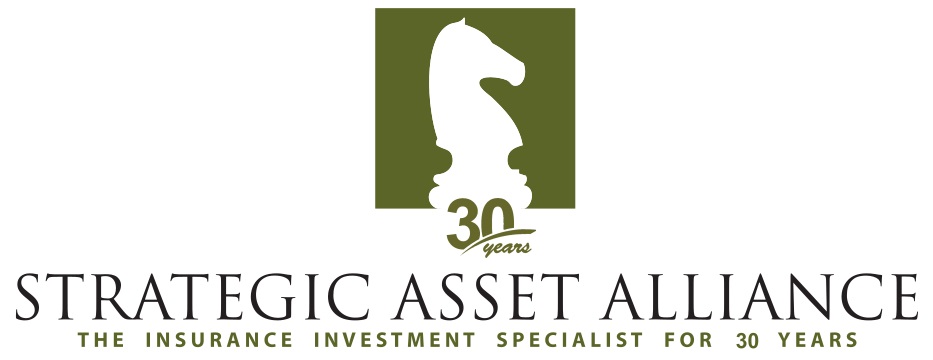Fixed Income Vehicles: Separate Account vs. Funds
As most insurance companies will allocate their investment portfolio towards investment-grade fixed income, it is important to understand exactly how the investment portfolio is invested in the asset class.
Typically, insurers either utilize “Separately Managed Accounts” or “Fund Vehicles” (i.e. Exchange-Traded Funds (ETFs) or Bond Mutual Funds) to allocate the portfolio to fixed income securities.
Depending on the insurance company’s portfolio size, company objectives, etc., the use of these strategies can help insurance company’s meet their investment goals.
| Overview: | Separately Managed Account | Bond ETFs & Mutual Funds |
|---|---|---|
| Description |
|
|
| Potential Benefits |
|
|
| Typical Fee Ranges* bps = basis points 1 basis point = 0.01% Fee = bps x portfolio size |
|
|
| Considerations |
|
|
For insurers and risk pools - other institutional investors typically see larger fees for core fixed income

